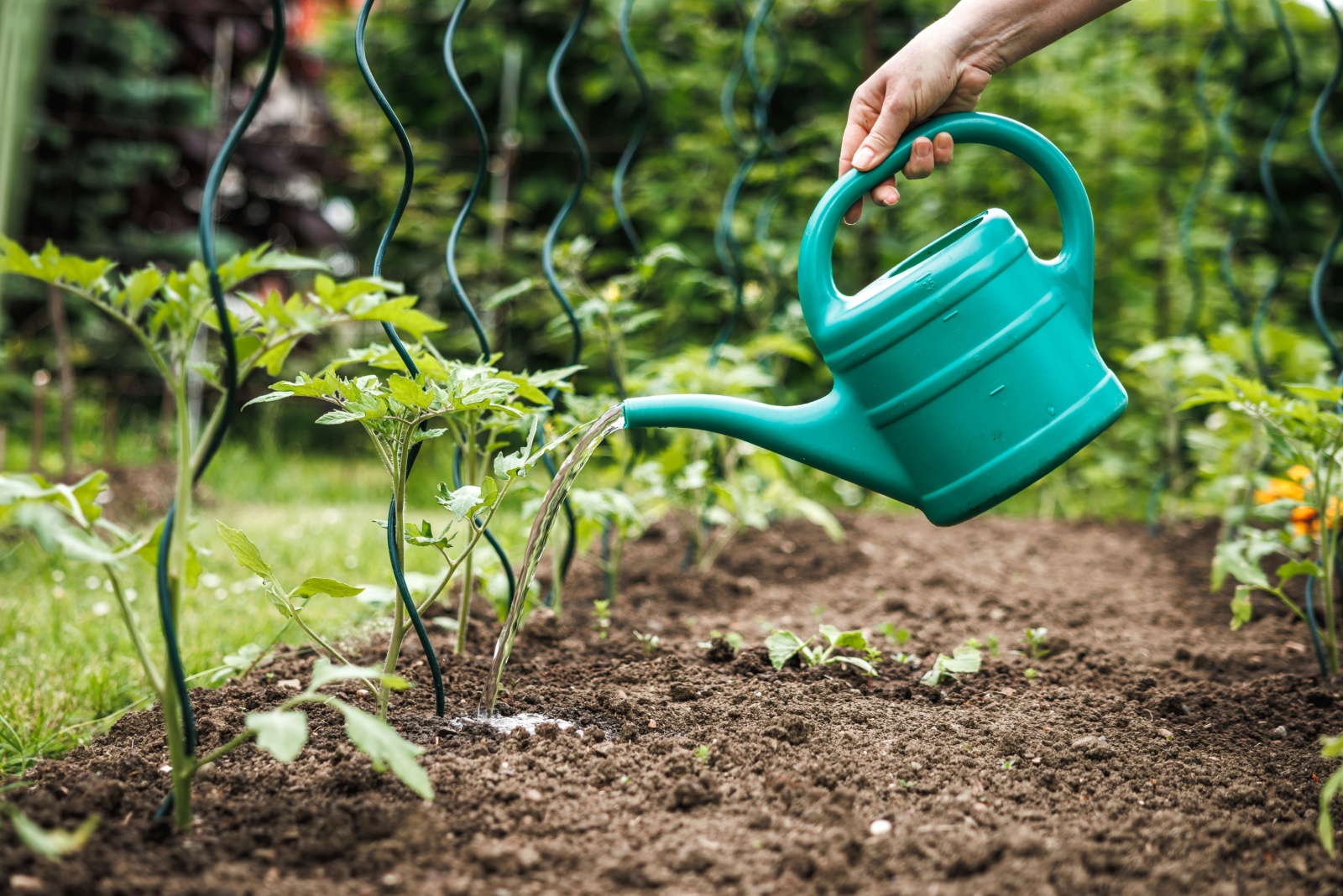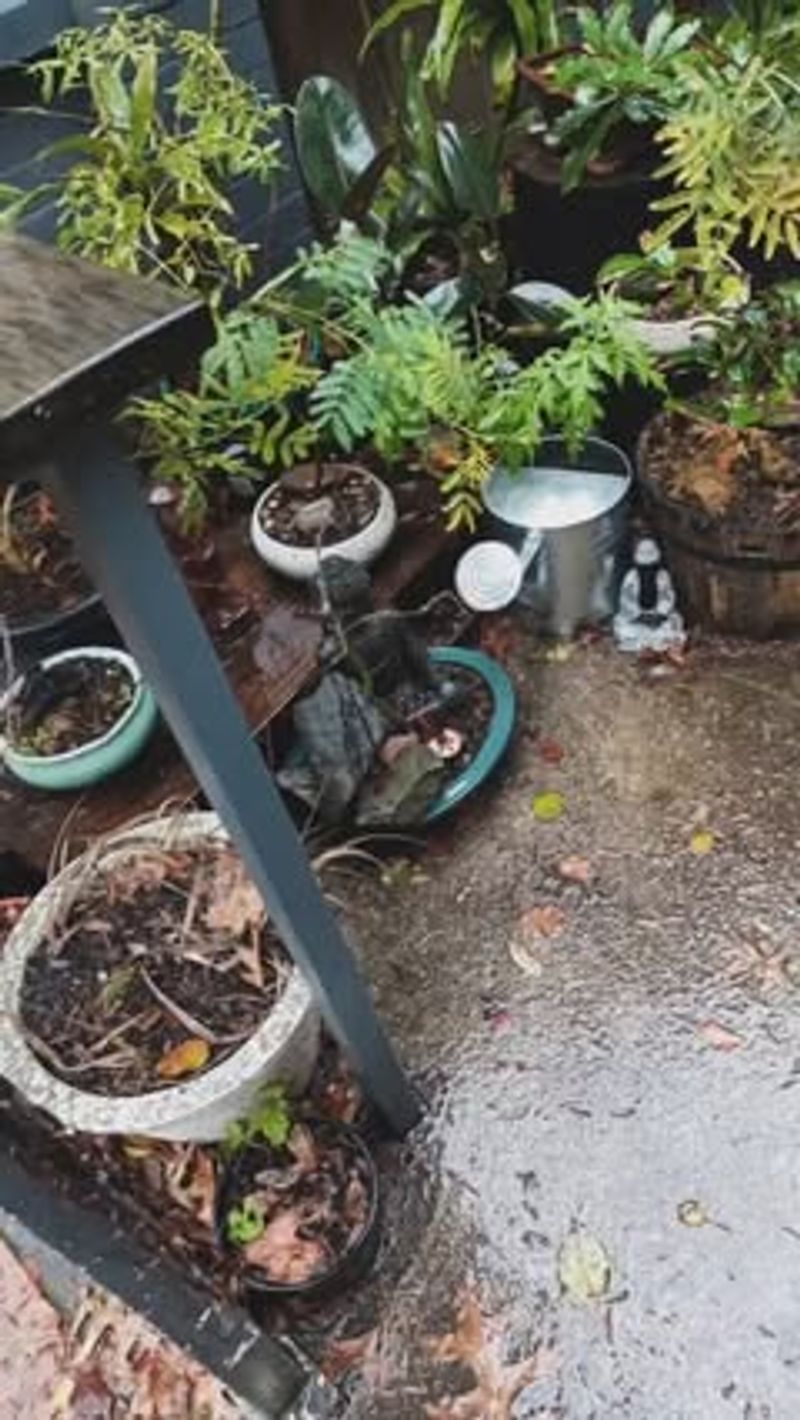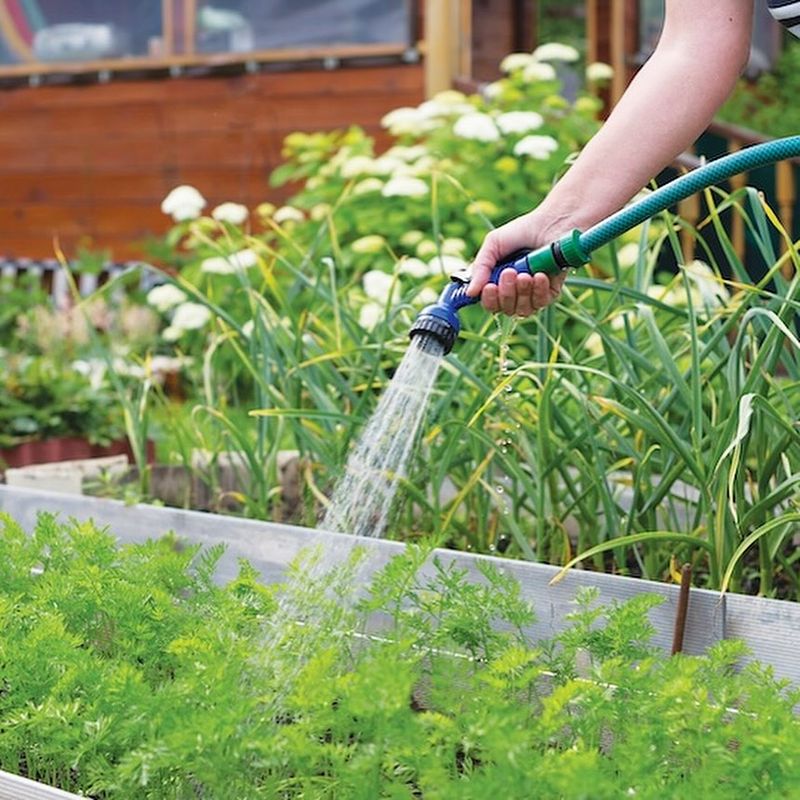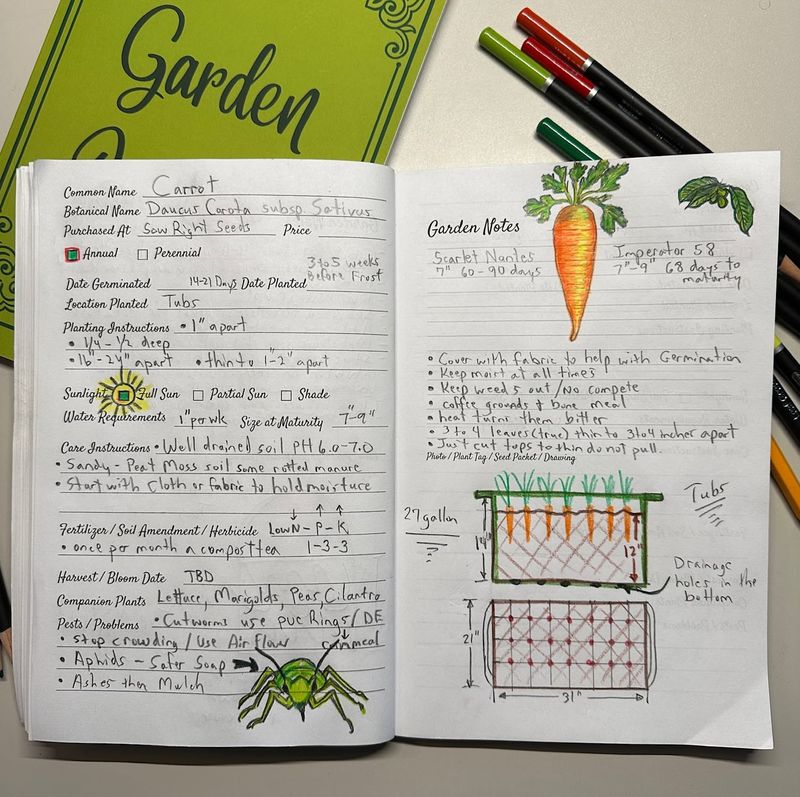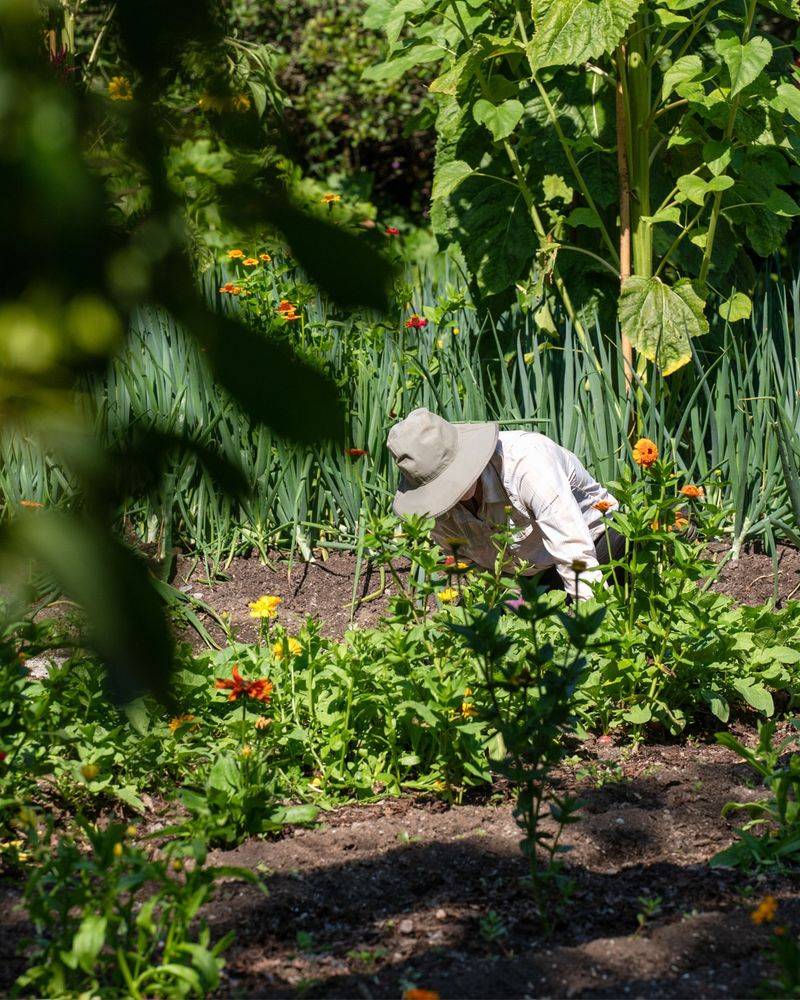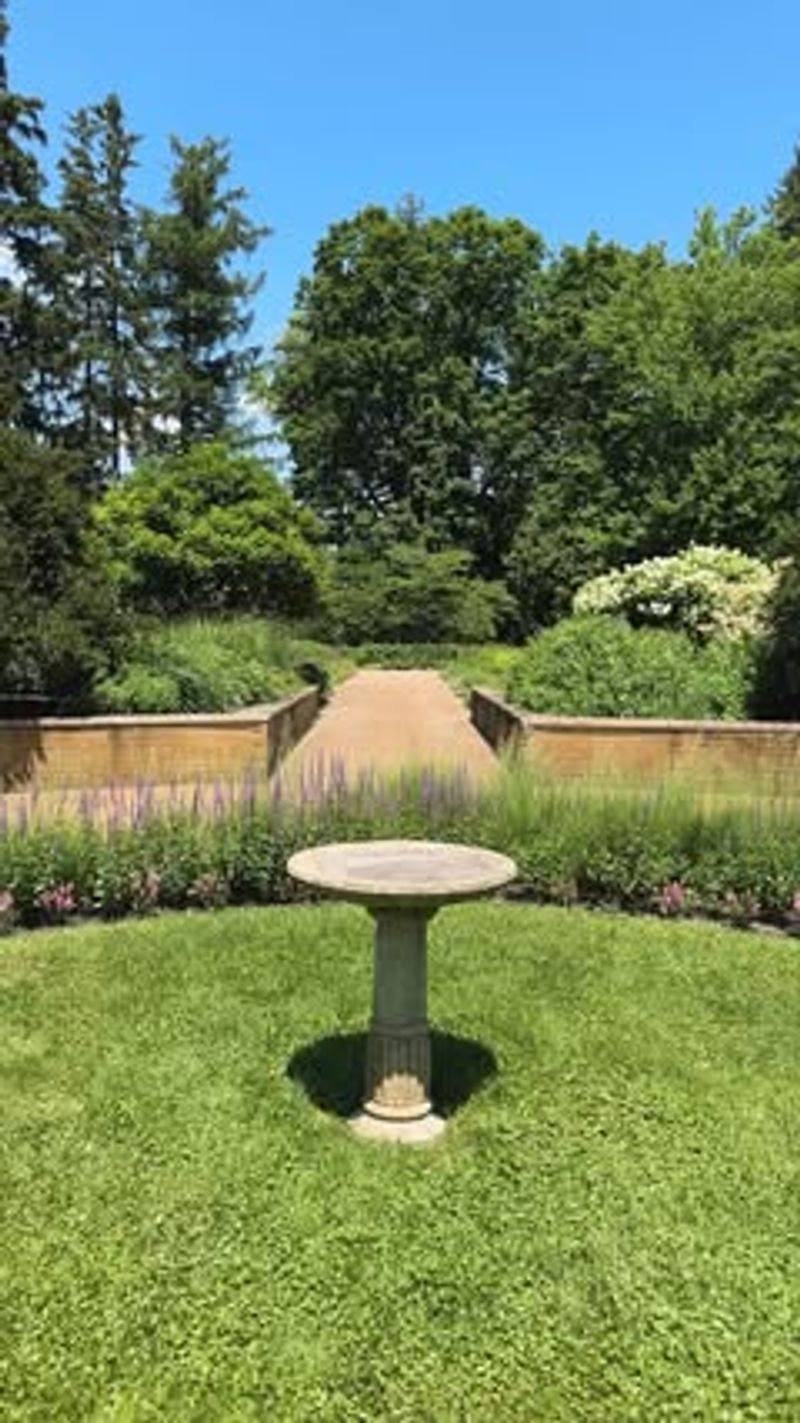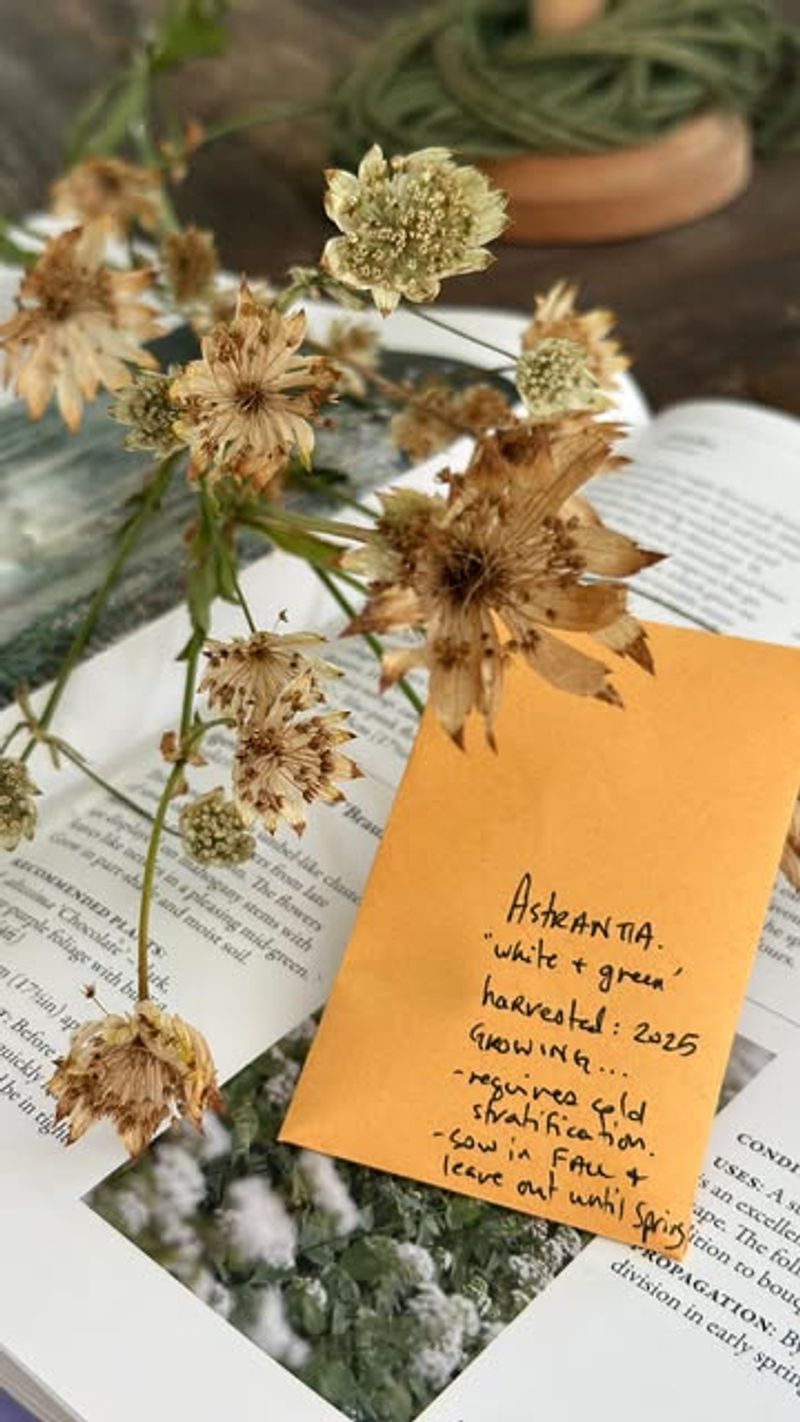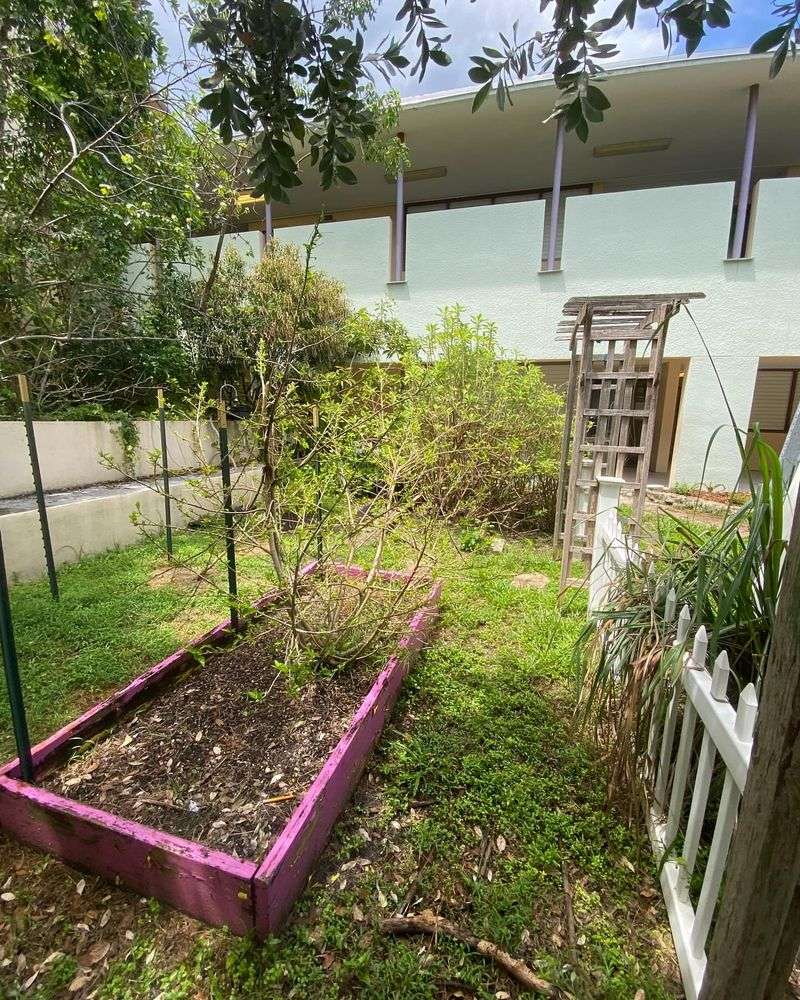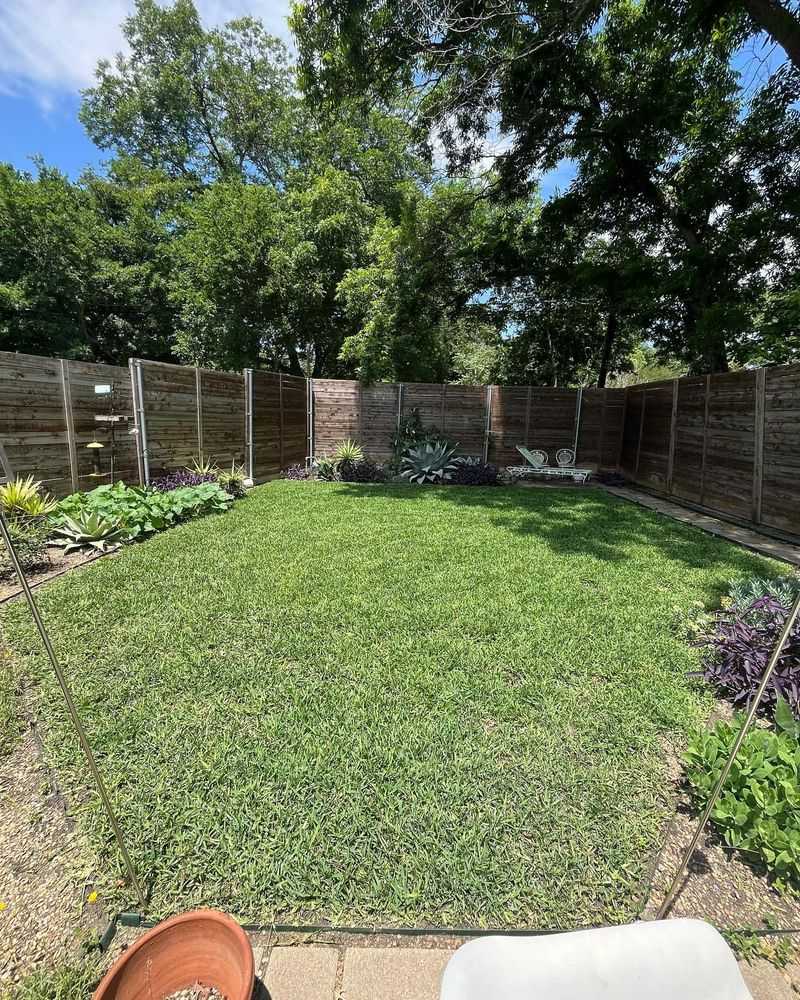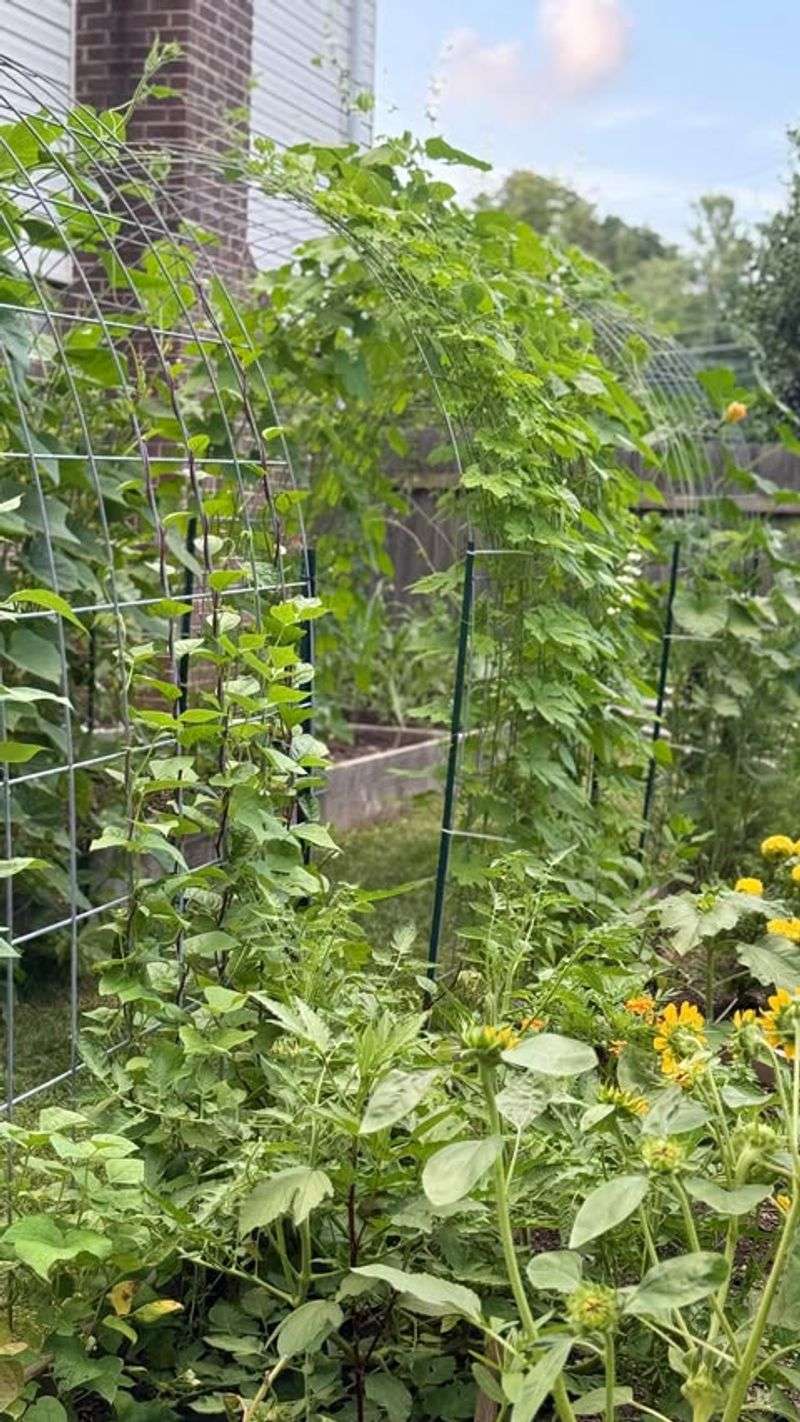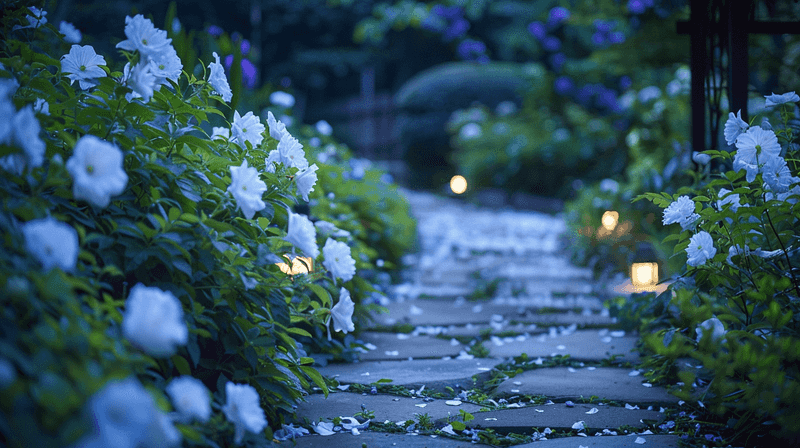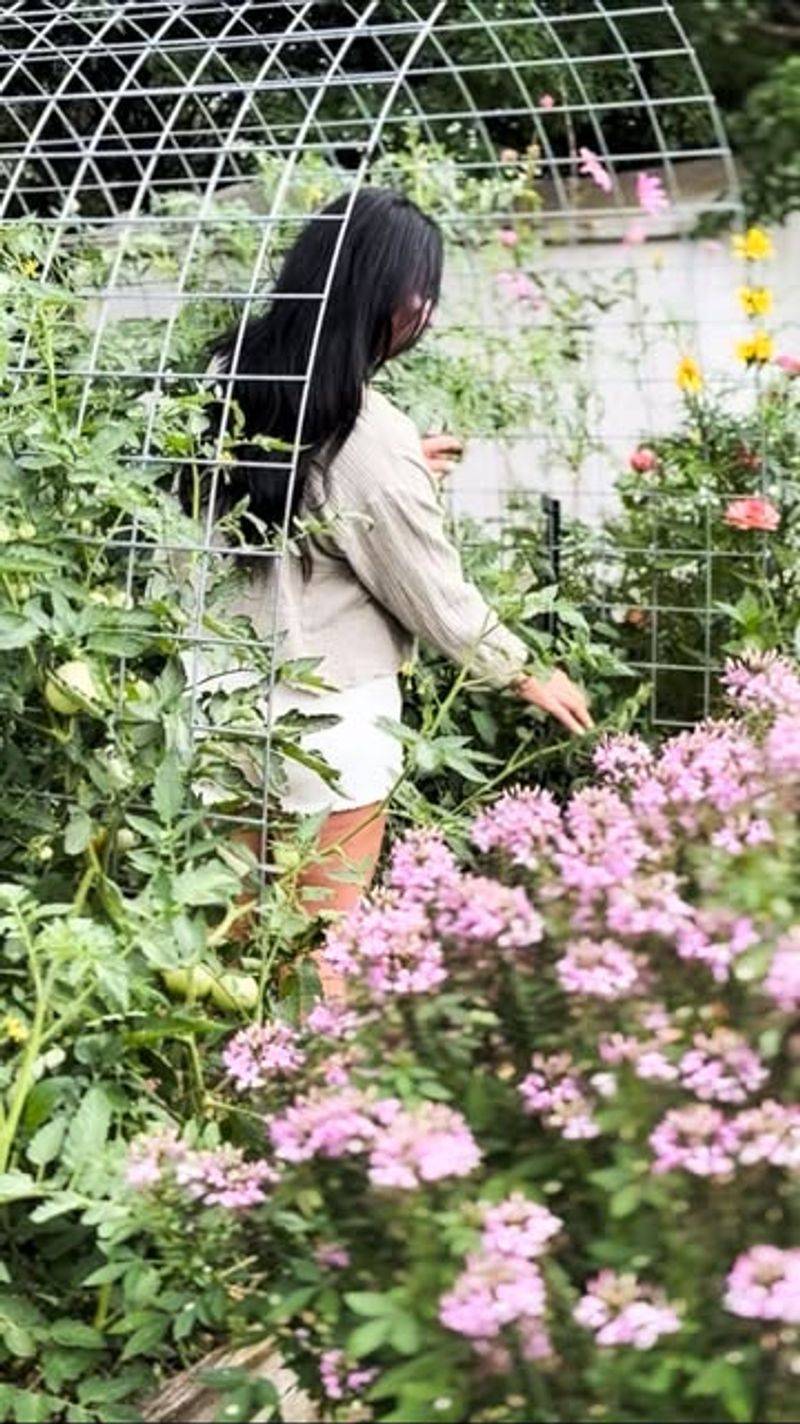Dallas gardeners know the struggle—scorching summers and unpredictable weather can make gardening feel like a battle. But slow gardening offers a refreshing shift. It’s about taking your time, tuning in, and enjoying each moment with your plants.
This mindful approach turns garden chores into calming rituals. Watering becomes meditative, pruning feels purposeful, and even weeding has its rhythm. It’s less about rushing, more about reconnecting with nature.
I’ve seen how slowing down transforms not just the garden, but the gardener. In Dallas’s fast-paced climate, creating a peaceful outdoor sanctuary can be the most rewarding harvest of all.
1. Morning Tea Rituals With Your Plants
Start your day by taking your morning coffee or tea outside among your plants. The gentle Dallas morning light is perfect for this quiet ritual before the heat intensifies.
I’ve found this practice helps me notice subtle changes—new growth, visiting pollinators, or plants needing attention. These observations often get missed during hurried garden chores.
Texas lantana and salvias make wonderful companions during these moments, as they attract early butterflies and hummingbirds that enhance this peaceful start to the day.
2. Hand-Watering Meditation
Rather than relying solely on irrigation systems, set aside time to hand-water your garden beds. Moving slowly from plant to plant creates a meditative experience that connects you directly with each living thing you nurture.
During our scorching Dallas summers, this practice lets you check how each plant is handling the heat. Mexican feather grass and blackfoot daisies often need different watering approaches than your more thirsty specimens.
The sound of water hitting soil has become my favorite form of therapy after stressful workdays—far more effective than any screen time could ever be.
3. Seasonal Journal Keeping
Keep a simple garden journal to record what thrives in your Dallas garden through our challenging seasons. Note when your Mexican plum trees bloom or when your autumn sage puts on its best show.
My own journal revealed patterns I’d never noticed—like how my Texas sage somehow predicts rain days before meteorologists announce it. These observations deepen your connection to nature’s rhythms.
Include pressed flowers, sketches, or photographs if you’re feeling creative. This record becomes both a practical tool and a treasured keepsake of your garden journey.
4. Mindful Pruning Practice
Transform pruning from a rushed weekend chore into a thoughtful practice. Consider each cut as a conversation with your plants about their future shape and health, especially important for our native Texas persimmons and possumhaw hollies.
Dallas gardeners often over-prune during spring cleanup. Instead, take time to study the plant’s natural form before making any cuts. This patient approach results in healthier, more naturally beautiful specimens.
The clippings need not go to waste—small branches from aromatic plants like rosemary can be bundled for kitchen use or to scent your home.
5. Dawn And Dusk Garden Walks
Bookend your days with slow walks through your garden during the gentlest light hours. These times offer Dallas gardeners respite from midday heat while showcasing plants in their most flattering light.
Evening primrose and moonflowers reveal their magic during these golden hours. I’ve noticed my garden takes on completely different personalities at dawn versus dusk—the morning dew highlighting spider webs I never knew existed.
These walks require nothing but your presence and attention, yet they foster a deep familiarity with your garden’s changing moods through Dallas’ varied seasons.
6. Seed Saving Ceremonies
Collecting seeds from successful plants creates a meaningful connection to your garden’s future. Black-eyed Susans and purple coneflowers produce abundant seeds perfectly adapted to Dallas conditions.
Create a small ritual around this practice—perhaps on full moon evenings or Sunday mornings. Label your collected treasures with details about the parent plant and the collection date.
Last year, I shared my saved coreopsis seeds with neighbors, creating a community of plants with shared ancestry throughout our Dallas neighborhood. The resulting spring display created conversations and connections I hadn’t anticipated.
7. Sensory Garden Moments
Create designated spots in your garden specifically for sensory experiences. A fragrant corner with Texas mountain laurel and Mexican oregano offers aromatherapy unique to our region.
Touch-friendly plants like lamb’s ear survive surprisingly well in Dallas gardens and provide tactile comfort. My grandchildren gravitate to these fuzzy leaves whenever they visit, creating memories through texture.
These sensory zones encourage you to engage fully with your garden through all five senses—a practice that naturally slows your pace and reduces stress after navigating Dallas traffic.
8. Seasonal Soil Appreciation
Get to know your soil intimately through seasonal check-ins. Dallas clay soils have unique challenges, but they respond remarkably well to consistent attention and organic amendments.
Take time to crumble soil between your fingers, noting its texture and moisture. Watch earthworms navigate through healthy garden beds—their presence indicates you’re creating a thriving ecosystem.
Each spring and fall, I spend an afternoon just observing how my soil has changed. This practice has transformed my relationship with what many gardeners consider just dirt but is actually the living foundation of everything we grow.
9. Weather-Watching Garden Sessions
Dallas weather can shift dramatically, offering perfect opportunities to observe how your garden responds to these changes. Sitting quietly during a gentle rain shower reveals which areas drain well and which collect water.
Native plants like Gulf muhly grass and flame acanthus dance differently in our famous Texas winds. Watching this movement can become a form of meditation that connects you to the larger patterns of nature.
I’ve installed a simple bench beneath my redbud tree specifically for weather watching. This dedicated space encourages me to pause and appreciate even the brief transitional seasons we experience in North Texas.
10. Companion Planting Relationships
Observe how plants interact with each other in your garden ecosystem. Pairing Texas natives like turk’s cap with shade-loving columbines creates beneficial relationships that mirror natural plant communities found in Dallas’ wild spaces.
These relationships extend beyond aesthetics—many companion plantings naturally deter pests or improve growing conditions. My herb garden thrives when I mix basil among tomatoes, with both benefiting from the arrangement.
Spending time understanding these plant friendships deepens your gardening knowledge while encouraging you to work with nature rather than constantly fighting against our challenging climate.
11. Moonlight Garden Appreciation
Experience your garden in an entirely new way by visiting it under moonlight. White-flowering plants like evening primrose and angel trumpet glow ethereally in Dallas’ clear night skies, creating a magical landscape.
The sounds change too—different insects emerge, and the cooling temperatures bring out subtle fragrances that heat suppresses during daylight hours. My night-blooming jasmine performs its best show only after sunset.
Keep a comfortable chair in a moonlit spot and spend just fifteen minutes there when the moon is full. This practice connects you to the often-overlooked nighttime personality of your garden space.
12. Seasonal Celebration Rituals
Mark the changing seasons with small ceremonies in your garden. Plant Texas bluebonnets on New Year’s Day for spring blooms, or harvest the last tomatoes before fall’s first cold front with a garden-to-table meal.
These rituals create meaningful transitions throughout the year. In my Dallas garden, the first Mexican plum blossoms signal winter’s end more reliably than any calendar date.
Involve friends or family when possible—having witnesses to these garden moments creates shared memories and spreads the joy of slow gardening beyond your own experience to create a ripple effect of garden appreciation.

